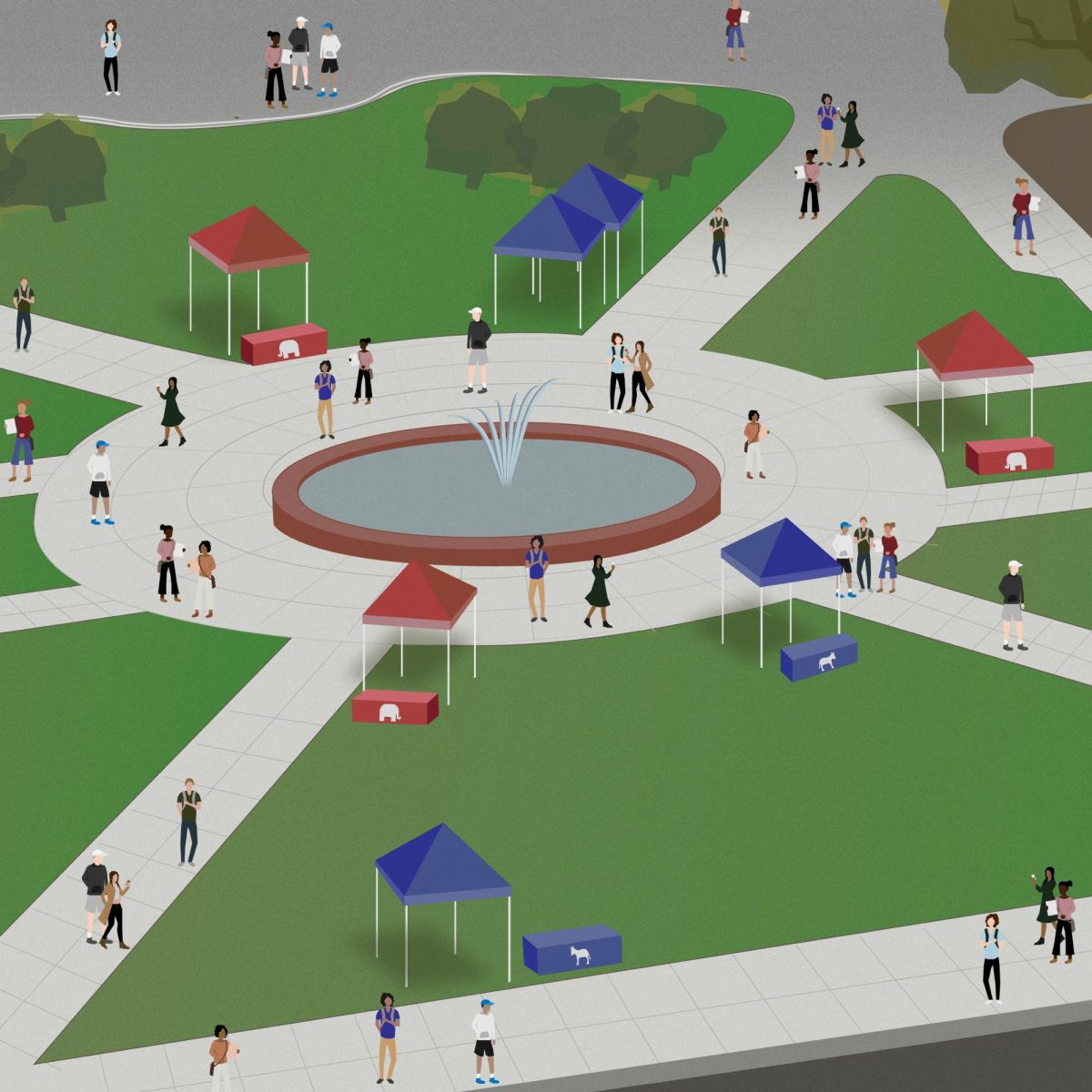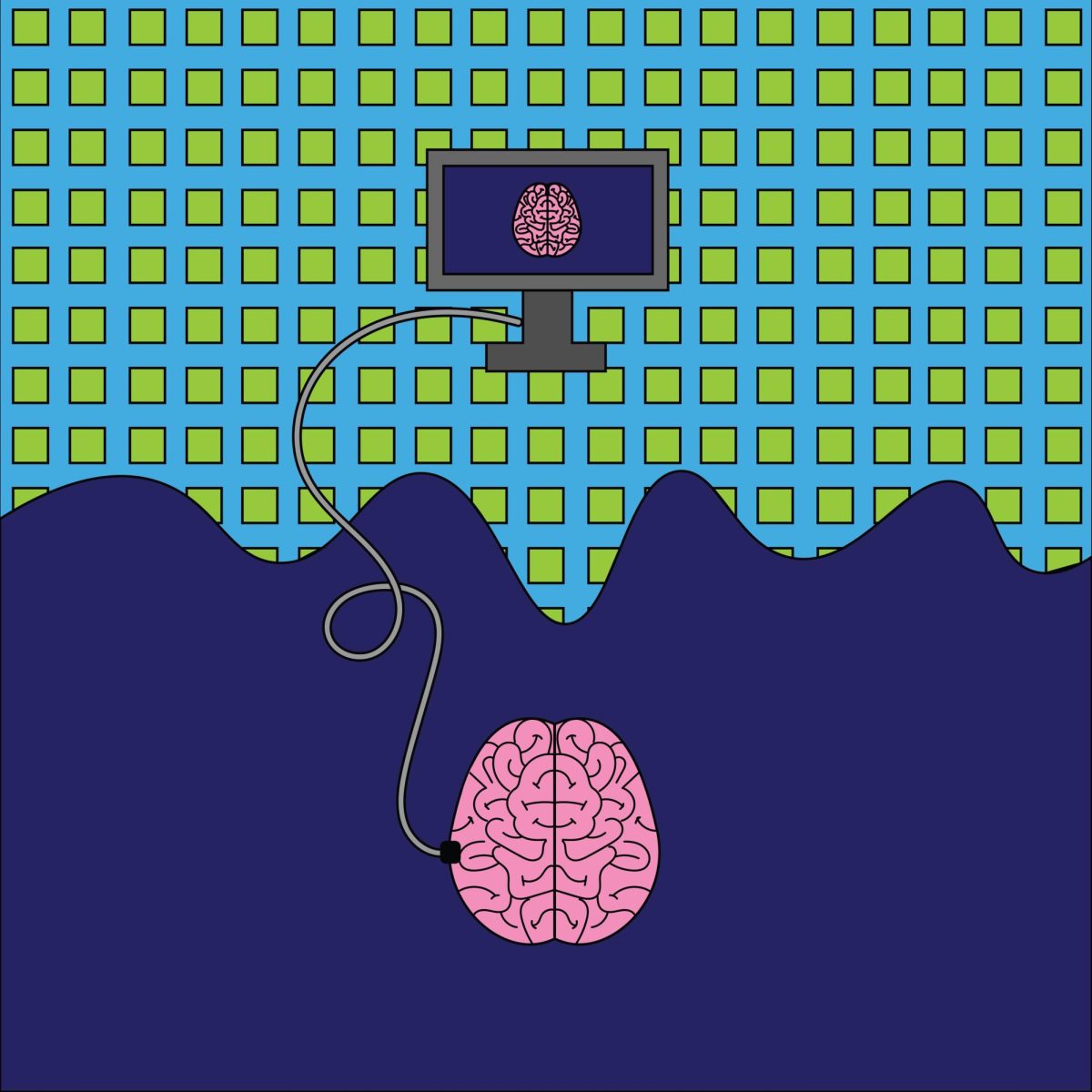Prince of Persia: 3 stars; Letters to Juliet: 4 stars out of five
One gets the feeling while watching “Prince of Persia: The Sands of Time” that producers Walt Disney Pictures and Jerry Bruckheimer Films were trying to set up a worthy successor to their “Pirates of the Caribbean” franchise. All the elements are there: The broad special effects, the storyline tinged with epic journeys, swordplay and love interests. They even have in common that both screenplays originated from a non-traditional source (“Prince of Persia” was inspired by a video game franchise, for “Pirates of the Caribbean,” that terrible ride in Orlando with the ’80s animatronic pirates).
Both have period costumes, actors with accents and that 2-part name that begs for a sequel. But for all its efforts to that end, “Prince of Persia” falls well short of the standard set by the hugely successful “Pirates of the Caribbean” movies. And a big reason for that letdown is its failure to capitalize on its most valuable asset: The manipulation of time.
The prince in question, Dastan (Jake Gyllenhall, “Brothers”), is an Aladdin/Moses hybrid that has been rescued from an orphan’s life on the streets by a munificent King to live in the palace as his son. The king has handed over war duties to his sons and brother, and after (in what, strangely, seems like a nod to the Iraq war) they’re tipped off by a spy that the neighboring people of Alamut are producing a particularly dangerous kind of sword. This information later turns out to be bunk; the real reason Persia has been invaded is because one of Dastan’s relatives wants a dagger held in Alamut that can turn back time. Dastan chances into possession of this dagger by the 15th minute of the movie, and what follows is an extended chase scene as Dastan’s family and country turn against him.
Now, all of this is fine. Dastan has his item to protect – his one ring, his piece of pirate gold – and he has companionship in Princess Tamina of Alamut (Gemma Arterton, “Clash of the Titans”). But everything goes wrong when the properties of the dagger are explained.
It can turn back time, sure, but only up to a minute. And there’s a limited amount of magical sand in the dagger, and once you’ve used it for a minute, that’s all you get. Wait, but Tamina has more of the sand, but not very much. And she’s not sharing. Oh, and also there’s more sand in a special place in Alamut. But if you stick your dagger into the container where the sand is kept, it will wipe out humanity with a sandstorm. But also, that could bring you back in time longer than a minute.
The whole thing is needlessly complicated, and it limits the cool things that can be done with the dagger. It’s used in its intended capacity maybe three times throughout the movie, each time for exactly the same reason – to cheat death just as an arrow (or a sword, or a snake) is about to pierce the holder’s skin.
Even worse, it appears that all the time-play rules affected director Mike Newell’s (“Love in the Time of Cholera”) sense of pacing. Actors are never allowed to get into a rhythm as calmer moments typically used for character development are broken up far too quickly with yet another act of ultimately meaningless betrayal. The climax of the movie features a shot where Dastan, struggling for survival in a flood of quicksand, manages to grasp onto a beam. We’re then treated to a full three seconds of suspense-shattering-Gyllenhall-smirk before, predictably, Dastan is thrown back into the fray.
Despite those flaws, “Prince of Persia” isn’t a terrible movie; it’s just not what it sets out to be. A movie that does accomplish that modest goal is the romantic comedy “Letters to Juliet.” Suprisingly, “Letters to Juliet” plays with the concept of time as well, but it does so in a much more subtle and effective way.
Sophie (Amanda Seyfried, “Dear John”) is a fact checker at New York Magazine who travels to Verona, Italy on a pre-wedding honeymoon with her enthusiastic but distracted fianc? Victor (Gael Garcia Bernal, “Mammoth”). Unfortunately, Victor is more interested in visiting suppliers for his restaurant in New York than seeing the sights with Sophie, so she wanders Verona, eventually chancing upon a group that answers letters from love-sick women left at the supposed home of Juliet Capulet. After Sophie finds and answers an extremely old letter, the writer and her reluctant grandson travel from England on a mission to find her Lorenzo Bartolini, who she’d left waiting in Italy 50 years prior. Sophie, sensing a chance to launch her writing career, goes along for the ride.
Rather than attempt some ill-fated time traveling or flashback scheme, “Letters to Juliet” instead probes the theme of love as a timeless bridge between generations. There are three levels to this: Claire’s (the elderly letter writer, played by Vanessa Redgrave, “Miral”) search for Lorenzo, Sophie’s idealistic efforts at finding true love, and of course Juliet’s tragic romance with Romeo Montague.
Further underlying this theme of timelessness, the camera work is leisurely paced, using slow movements and multiple scenery shots in every new location to remind the viewer that the movie is bigger than just its characters. Though “Letters to Juliet” gets a little heavy-handed in the third act (actual line spoken: “Do you believe in destiny”?), it’s still a solidly executed love story that deals with complex issues of time, and the only dagger it needs is buried in the titular Shakespearean heroine.
Lin Weeks is a junior majoring in finance and marketing. Upset with his omission of the DVD you were most excited about renting this week? Vent at [email protected].













